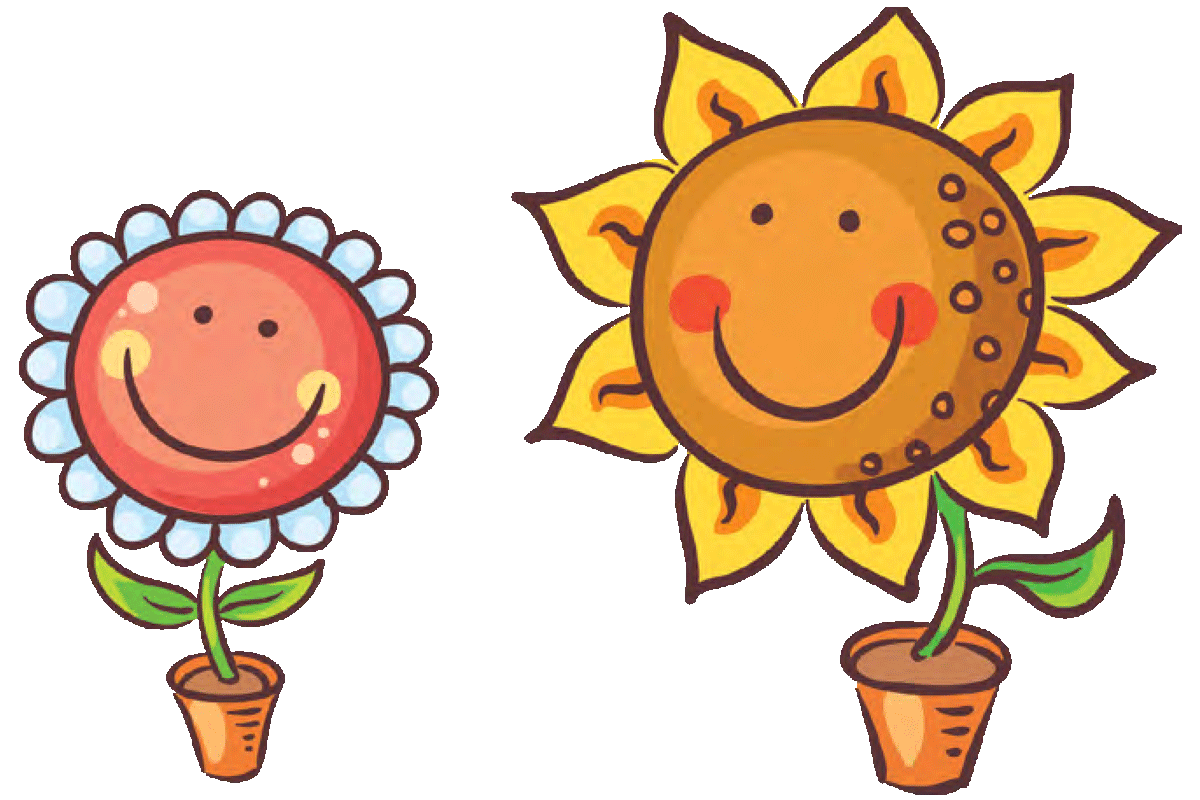Newsletter
April 2021
We put our heart in everything we do.

Teaching Children About Money
Have you ever wondered when is a good time to teach children about money? Have you even thought about it, or have you just assumed they would learn about it at school? Although schools may teach the basics of money, it is usually not enough to prepare children for real life experiences.
“According to T. Rowe Price’s 11th Annual Parents, Kids & Money Survey found that nearly half of parents said they miss opportunities to talk to their kids about money and finances. And a quarter said they are very reluctant or extremely reluctant to discuss financial topics with their children.” - Forbes Advisor
Don’t think that children are too young to learn about the way a mortgage or a loan works, what is principal and interest, how to budget, how to use credit cards responsibly, and so on. The sooner they understand the concept of money and how it affects our way of living, the sooner they will be able to make more educated decisions when it comes to their finances. Even if they end up making mistakes, you will at least have provided them with knowledge that they can rely on.
There are many ways to teach children about money. Below are some suggestions from Dave Ramsey – Personal finance advisor and author:
Pre-schoolers and Kindergartners
1. Use a clear jar to save - When you use a clear jar, they see the money growing.
2. Set an example - If you’re slapping down plastic every time you go out to dinner or the grocery store, they’ll eventually notice. Set a healthy example for them and they’ll be much more likely to follow it when they get older.
3. Show them that stuff costs money - Help them grab a few dollars out of their jar, take it with them to the store, and physically hand the money to the cashier.
Elementary and Middle Schoolers
4. Show opportunity cost - That’s just another way of saying, “If you buy this video game, then you won’t have the money to buy that pair of shoes.” At this age, your kids should be able to weigh decisions and understand the possible outcomes.
5. Give commissions, not allowances - Don’t just give your kids money for breathing. Pay them commissions based on chores they do around the house.
6. Avoid impulse buys - This age group really knows how to capitalize on the impulse buy - especially when it uses someone else’s money.
Many of us have probably struggled with money at some point in our life. Whether it was not knowing how to budget, overspending on credit cards, not paying bills on time, or simply spending more than what we make, we all could use the opportunity to learn from our mistakes and experience. Take the time to educate your children about financial literacy and provide them with the tools to succeed and make educated decisions.
News & Events
April is Occupational Therapy Month!
Please join us in thanking all of our occupational therapists for their vital and important role in helping people improve function and qualifty of life.
Carter Museum - Virtual Sensory Explorations: Flower Power
Sensory Explorations is a free program for families with children of all ages who are on the autism spectrum. Families will have time to explore artworks in the galleries and get creative during a hands-on, art-making experience!
April 01, 2021 to April 30, 2021
For more information visit: www.cartermuseum.org/events/public-programs/sensory-explorations
April is National Child Abuse Prevention Month
Join ACH Child and Family Services for a virtual interview with Tia Magee, ACH’s Youth Emergency Shelter Manager and focus of Netflix’s Redd Zone, and her son Brandon Magee, producer, and former professional athlete. They’ll be discussing Child Abuse Prevention Month and Tia’s experience helping youth in crisis. Register online to attend this virtual event.
Thursday, April 8 12:00-1:00 p.m.
Register at https://achservices.org/lend-a-hand/
For current events visit us on Facebook

Spring Cleaning
Spring cleaning is a yearly core that helps freshen up our homes in preparation for spring and summer. It can often feel overwhelming having to tackle heavy amounts of cleaning but it doesn’t necessarily have to be difficult.
Tackling spring cleaning by going room to room is arguably the most effective way to deep clean the areas that need it the most. Organizational experts advise that a checklist for each room be made to help prioritize the areas that might need the extra attention. One of the biggest, and often the most daunting, parts is often getting rid of a year’s worth of clutter. This particular task can easily be broken into four categories: trash, donations, store away, or simply put away. The better the clutter is organized, the sooner it can be out of your home and out of sight.
Spring cleaning also does not have to be a one man show. Getting young children involved by assigning age-appropriate chores will surely help the process move along even quicker for everybody. Putting on some motivational music for the family to enjoy cleaning to or establishing a household reward as an incentive could also be great motivational tools to get everyone on board.
It’s important to not stress over cleaning the parts of your home that are regularly cleaned daily or weekly, but to focus on the areas that were somewhat neglected during the winter season. A well-done thorough spring cleaning is a great opportunity to establish ongoing spring cleaning habits, which can make the next spring cleaning even easier.
- Jordyn Ruiz
Resources
VIVA Pediatrics Resources
In an effort to help our families, we constantly strive to provide them with relevant and helpful resources and information. Visit our resources page online at: www.vivapeds.com/resources
For current events visit us on Facebook.
The Parker Lee Project
The Parker Lee Project is a non-profit organization dedicated to helping families of children with medical needs obtain the necessary supplies & equipment, education, and support they need. While most supplies are covered by insurance, some are not, or not enough supplies are provided. If you have a need for medical supplies or have supplies to donate, please visit their website at www.theparkerleeproject.org
Texas Star Kids
The Texas’ Star Kids mandate threatens the lives of our weakest and most vulnerable little citizens. Join us in standing up for those who have no voice. Click this link to sign up: www.facebook.com/ProtectTXFragileKids
For more info visit:
Thrive Magazine
Need Resources for your child with special needs? Thrive Magazine shares resources and stories of other families in the DFW area who are living and thriving with special needs. www.dfwchild.com/thrive/directory
Recognize a VIVA Star
Viva Pediatrics has an Employee Rewards and Recognition Program to thank and recognize employees that go “above and beyond”. Both employees and patient families are welcome to recognize a VIVA employee! Call one of our offices and let us know if a VIVA employee has gone above and beyond!
Food for Thought

Razzy Blue Smoothie
Ingredients
- 1 banana
- 16 whole almonds
- ¼ cup rolled oats
- 1 tablespoon flaxseed meal
- 1 cup frozen blueberries
- 1 cup raspberry yogurt
- ¼ cup Concord grape juice
- 1 cup 1% buttermilk
Instructions
Peel the banana and cut into ½-inch chunks. Chill in freezer until solid, about 2 hours.
Place the almonds, oats, and flaxseed meal into a blender; pulse until finely ground. Add the frozen banana, frozen blueberries, yogurt, grape juice, and buttermilk; puree until smooth
Enjoy!
Just for Giggles!
What did the big flower say to the little flower?

Hi, bud!


 Back
Back




